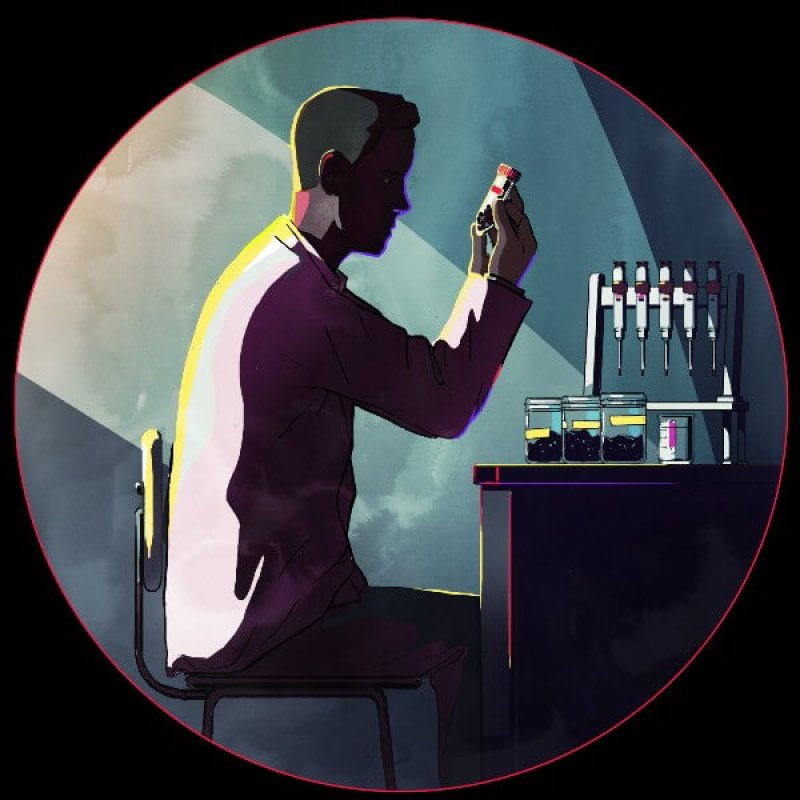It’s said that for nearly 200 years, residents of a small rural area in Northern Ireland called Boho (pronounced “bo”), have practiced a strange and solemn pilgrimage to a local chapel. But they don’t come to pray within the chapel walls. Instead, they’re here for the dirt outside.
…
And it’s not just locals who are interested in the Boho cure. In an October 2018 study, researchers claimed that a potentially new antibiotic-producing strain of bacteria had been found in the same churchyard soil.
…
Today, humanity faces an invisible crisis: Antibiotics, which we use to fight infections ranging from pneumonia to chlamydia, are losing their efficacy. … It’s no exaggeration to say that antibiotics underpin huge swathes of modern medicine.
…
[Researchers are] turning to metagenomics, a method of sampling DNA from an assortment of microbes found in an environmental sample, like rainwater or dirt. In 2018, this technique was applied to 2,000 soil samples, revealing a previously untapped groups of related genes. … The antibiotic it produced was effective against the resistant pathogen MRSA, and appears to be a member of a completely new class called malacidins.Read full, original post: As Big Pharma Abandons Antibiotic Research, Scientists Turn to Graves, Lizards, and Fungus for New Cures































